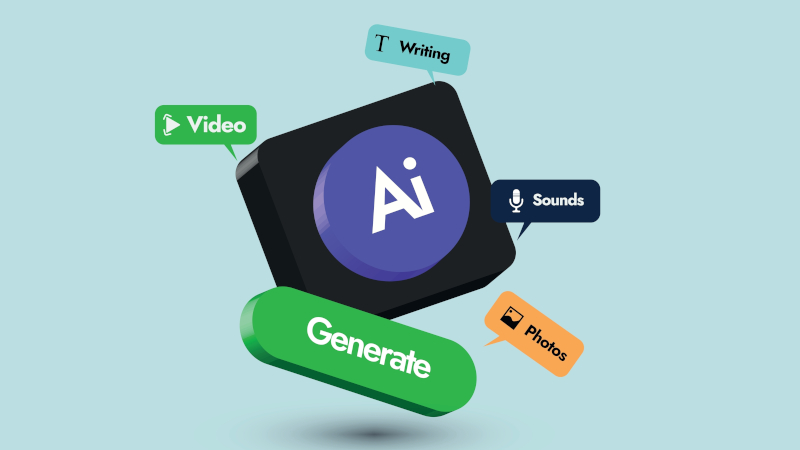What is Your Nonprofit Board's Blind Spot?
Oct 1, 2025

Last week I had a run-in with a board member, a long-time friend, of a nonprofit. She told me that for years she and her colleagues left tech decisions to their staff. But with Artificial Intelligence (AI) and automation becoming part of everyday tools, she believes tech oversight has become a critical leadership duty. The rest of this article is a collection of key insights from our conversation.
There's no doubt that:
- AI adoption is often invisible. Many platforms now include built-in automation, even when organizations don't ask for it. Leaders need to know how these features shape their mission work.
- Technology directly influences impact. Tools decide how you engage volunteers, track donations, or measure program outcomes. Oversight ensures alignment with values and mission.
- Funders value innovation. More grantmakers are rewarding organizations that can show how they're leveraging digital tools responsibly and strategically.
In the absence of oversight, and if the leaders aren't asking the right questions, organizations' mission could suffer.
The Pillars of Tech and AI Governance
So what does smart, non-technical oversight look like for nonprofits and faith-based groups? Start with these areas:
Strategy and Roadmap
Boards should ask:
- Which tools are central to our mission delivery?
- Are we choosing technology intentionally, or reacting in a piecemeal fashion?
- How do new features, especially AI-driven ones, support or distract us from our purpose?
Ethical and Cultural Alignment
Oversight isn't only about function, but also about fit. So, ask:
- Does this technology reflect our community's values?
- Could automated tools change how our message feels to donors or members?
- How do we preserve a human touch in our communication when AI is involved?
Accountability and Capacity
Every organization needs a clear answer to who is responsible for making sure their technology serves the mission . It doesn't need to be a CTO. It could be a board member, a sub-committee, a tech-savvy volunteer, or even a rotating review role. The key is that someone is explicitly accountable.
How to Start Small
Oversight doesn't require a full tech committee. Start with these initial steps:
- Add a Technology & AI check-in to regular board agendas.
- Ask staff for a simple inventory of tools in use, including which ones use automation and which ones use AI.
- Create a brief Values Statement on technology use. For example: “We commit to transparent, human-centered use of AI in communication."
- Schedule a short, annual review of your tech roadmap, just as you would for finance or programs.
An Example: AI in Donor Outreach
Suppose your temple board is considering an AI feature in a donor management platform that suggests personalized donation requests. The result may be clear and tailored requests for each donor. But the board should still ask:
- Does this align with how we want to engage our donors?
- Could it come across as impersonal or manipulative?
- Who reviews suggestions before they go out?
By pausing to consider these questions, leaders ensure the tool amplifies their values, not undermines them.
My Friend's Parting Wisdom
Technology is no longer just about saving time. It's shaping relationships and defining mission delivery. Boards that embrace intentional oversight and utilize an integrated, all-in-one platform built for transparency don't just reduce risk. They gain the clarity and confidence needed to scale their mission.
Ready to turn your blind spot into your strategic advantage? See how Karpura brings your entire operation under one roof for easier oversight and greater impact. Explore Karpura today